the wickedest woman in history?
When people think of bad, bad women they perhaps think of Isabella the First - the woman who commissioned Torquemada - or Bloody Queen Mary, the scourge of Protestant England.
Few people have heard of Hürrem Haseki Sultan, or Roxelana, as she is better known in Europe.
Yet she made Anne Boleyn, one of her contemporaries, look like an underachiever.
Anne, after all, fell out of favour with her king and ended up with her head on the block.
Roxelana married the Sultan of the Ottomans, had him throw out his entire harem, and kept him in her thrall the rest of her life.
Roxelana was born in the Ukraine and at some time in her teens found herself a concubine in the harem of the Ottoman Sultan Suleiman, Lord of Lords, King of Kings, Possessor of Men’s Necks. Her portraits suggest classical features and blazing red hair. Her history reveals a woman of ruthless ambition with the strategic intelligence of a chessmaster.
What was a harem like?
Victorian paintings depict dream-like canvases of half naked  young women soaping each other in what look like Asiatic day spas. In reality the old harem of Suleiman’s time was a grim and twilight maze of dark paneled rooms where the sun seldom penetrated.
young women soaping each other in what look like Asiatic day spas. In reality the old harem of Suleiman’s time was a grim and twilight maze of dark paneled rooms where the sun seldom penetrated.
It was a snake pit.
Imagine, if you will, a cross between a Miss World contest and a reality show, where the winner becomes an Empress and the other three finalists are drowned in a sack. Oh, and all the other runners-up never ever get to leave the house.
And so to the story of Suleiman the Magnificent and Roxelana.
Her influence over him from moment she replaced his long term favourite, Gulbehar, was pervasive. But she knew his throne would pass to the oldest male heir, and the Osmanli Code of Laws allowed the Sultan elect to execute all his brothers to secure it. In other words all her children were just a heartbeat away from catastrophe.
Then three things happened that historians cannot rationally explain.
First, the harem conveniently burned down, which meant that Roxelana and her entire entourage had to move into Suleiman’s palace, until a new harem could be built.
It never was, and Roxelana stayed right where she was.
The second occurrence was no coincidence; it was, quite simply, astonishing.
The Sultan married her.
A Sultan had not taken a queen since the Ottomans lived as nomads on the plains. To compound the amazement of all Stamboul, he resigned his entire harem.
To this point it reads like a Hollywood screenplay; a powerful and potent man giving up 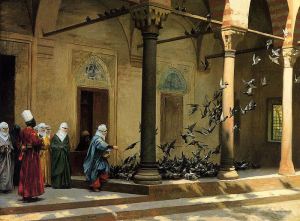 everything for the woman he loves. Pretty Woman with turbans. But Roxelana had another agenda entirely, and it had nothing to do with love.
everything for the woman he loves. Pretty Woman with turbans. But Roxelana had another agenda entirely, and it had nothing to do with love.
Historians can only speculate why and how she did what she did next.
It resulted in one of her sons, Selim the Sot, a drunkard and a lecher and the least able man in Suleiman’s entire circle, inheriting the Sultanate. It happened because, like a great Shakespearian tragedy, all the other candidates had been murdered.
But Roxelana herself never reached absolute power, though her scheming was to affect the Ottoman empire for centuries to come.
She died before her scheming came to fruition. Blind to what she had done, Suleiman mourned her until his own death eight years later.
Money, power, conquests; it seems none of it guarantees happiness in the end.
What happened after Suleiman married Roxelana is one of the most tragic stories of any prince, from east or west. They now share a tomb in the garden of the Suleimaniye mosque in Istanbul. A grapevine of blood-red amaranthus flowers straggles over the the catafalque.
The flower is known locally as ‘love lies bleeding.’
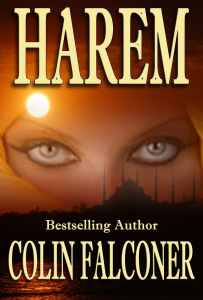 Go there on a quiet summer’s day and I swear you’ll hear him whisper the words of one of his poems:
Go there on a quiet summer’s day and I swear you’ll hear him whisper the words of one of his poems:
“What men call empire is worldwide strife and ceaseless war. In all the world the only joy lies in a hermit’s rest.”
Much has been much written about the Tudors and their scheming. But Roxelana made the Boleyn sisters look like the Sisters of Charity. Henry and Suleiman were contemporaries but Henry VIII was lucky.
He only had six wives to contend with. Suleiman had three hundred - and picked out the worst of the lot.
 “A page-turner . . . This peek behind the walls of the seraglio will seduce lovers of large-scale historical fiction.” – Booklist
“A page-turner . . . This peek behind the walls of the seraglio will seduce lovers of large-scale historical fiction.” – Booklist
He had everything a man might dream of; wealth, power and the choice of hundreds of the most beautiful women in his Empire.
He gave them all up for just one.
This is the astonishing true story of Suleiman, the one they called the Magnificent, and the woman he loved.
 From medieval Venice to the slave markets of Algiers, from the mountains of Persia to the forbidden seraglio of the Ottoman’s greatest sultan, this is a tale of passion and intrigue in a world where nothing is really as it seems.
From medieval Venice to the slave markets of Algiers, from the mountains of Persia to the forbidden seraglio of the Ottoman’s greatest sultan, this is a tale of passion and intrigue in a world where nothing is really as it seems.
“If you haven’t read one of Colin Falconer’s novels, then I promise you are in for a real roller-coaster ride of never ending intrigue with both these novels.
“Set in the 16th century, Harem, and its sequel Seraglio, weave a spectacular, haunting tale of malice, obsession, and zeal set in the magnificent Harem of Sultan Süleyman the Magnificent, Lord of Lords of this World, Possessor of Men’s Necks, Allah’s Deputy, and absolute ruler of the mighty Ottoman Empire.” – HISTORY AND WOMEN


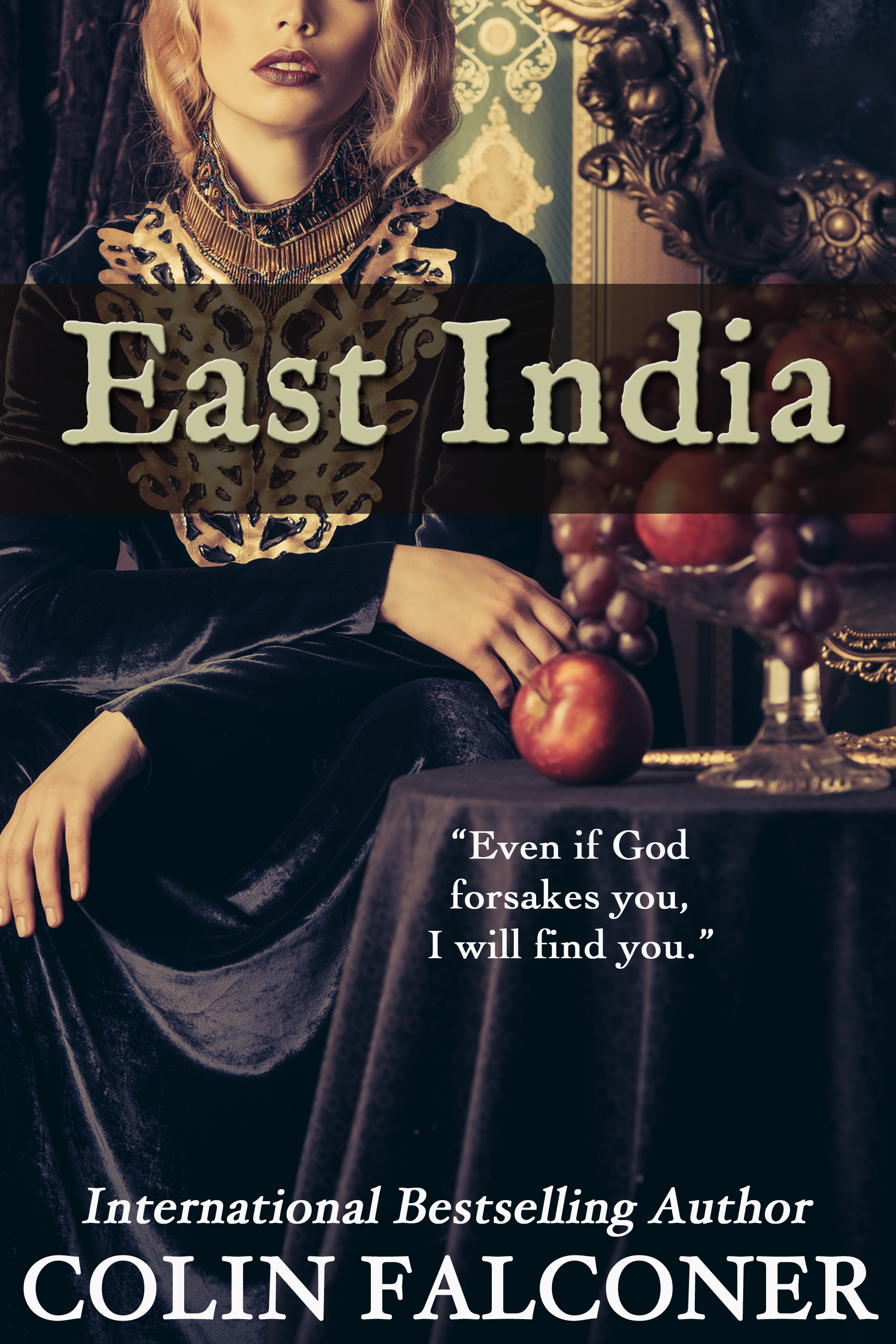
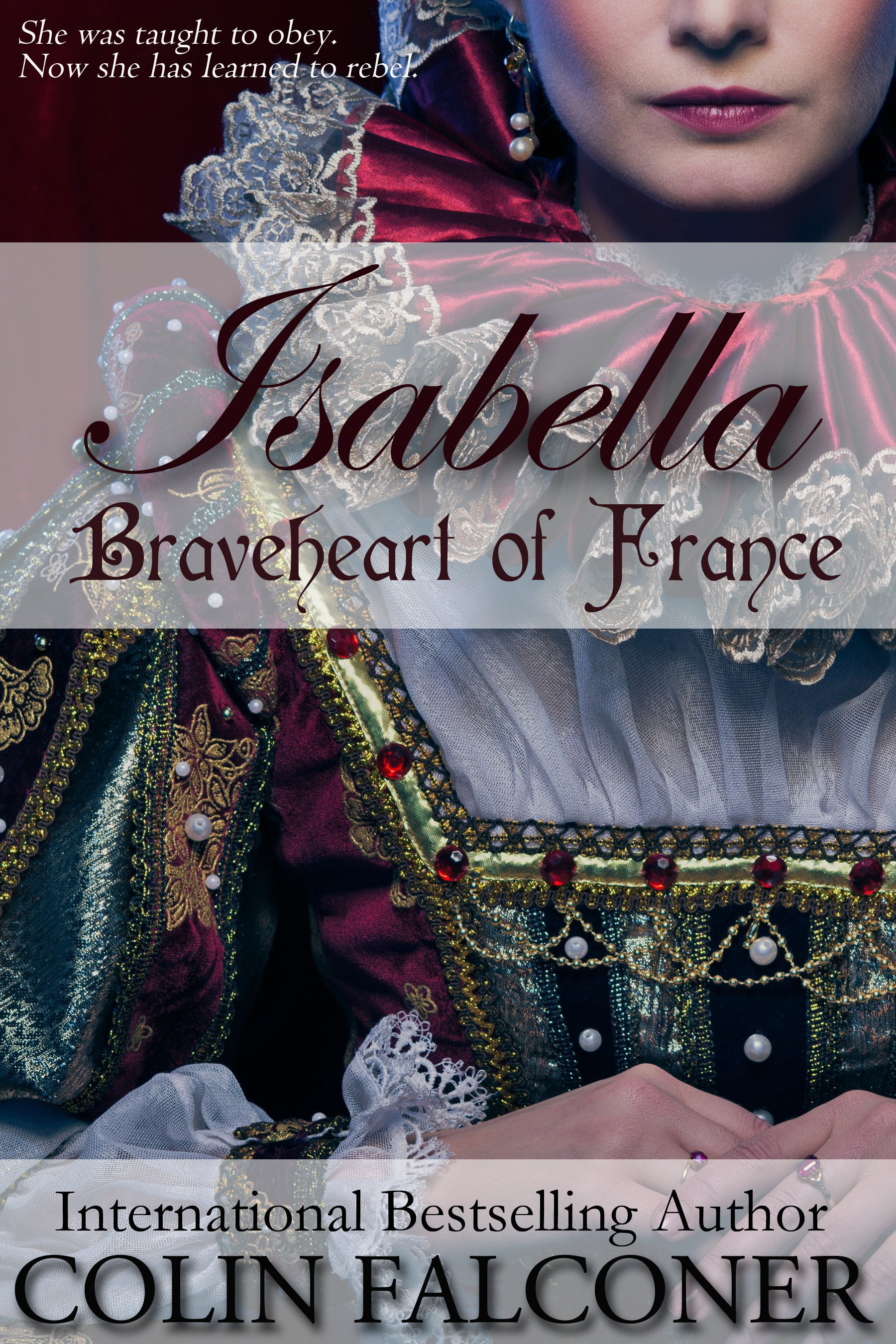



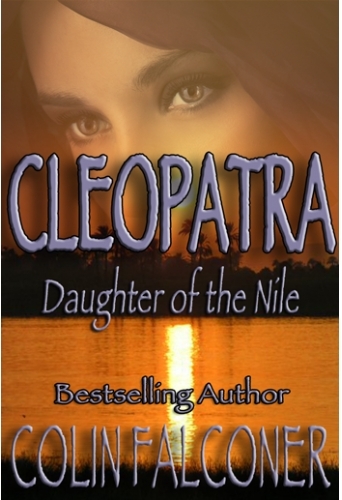
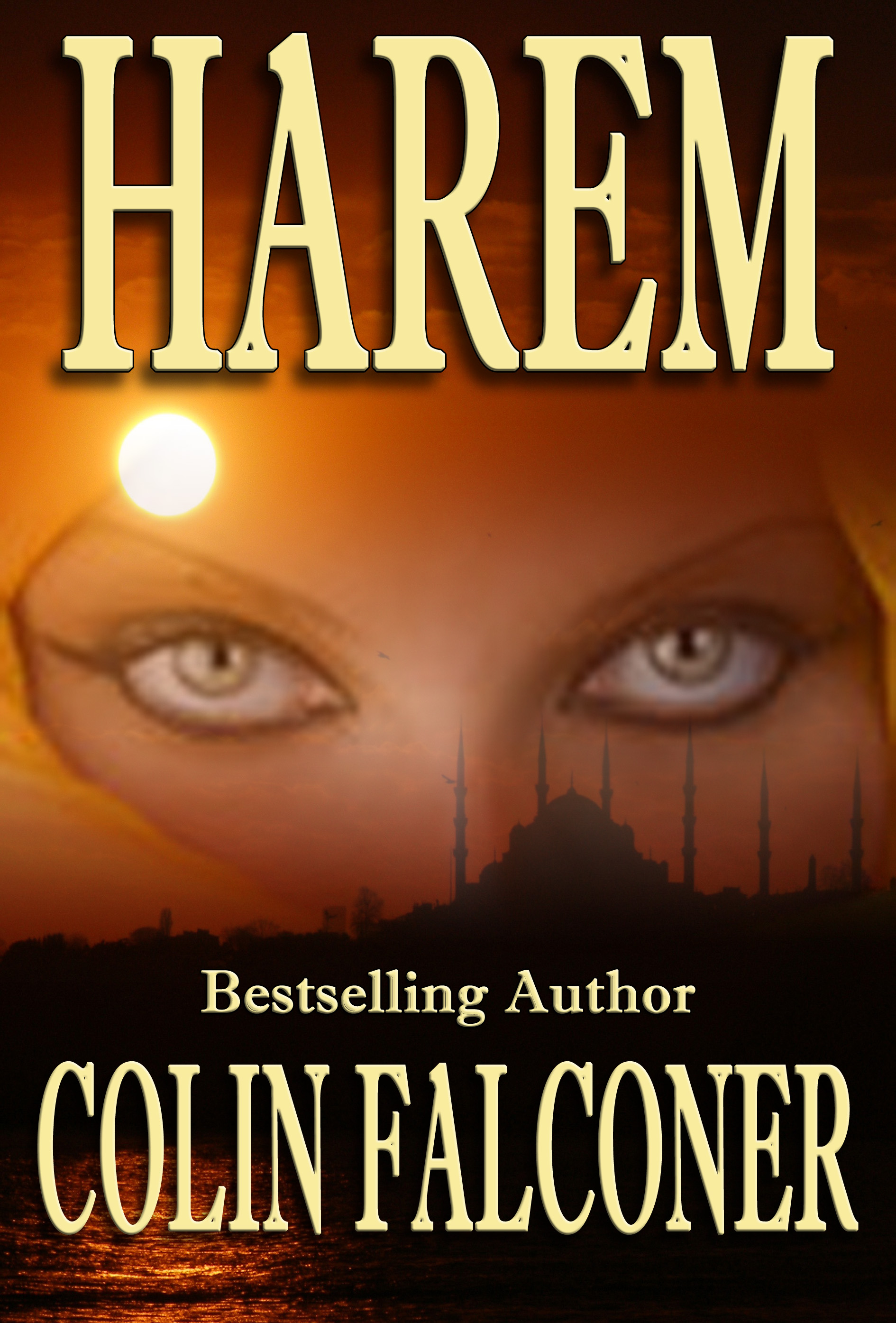






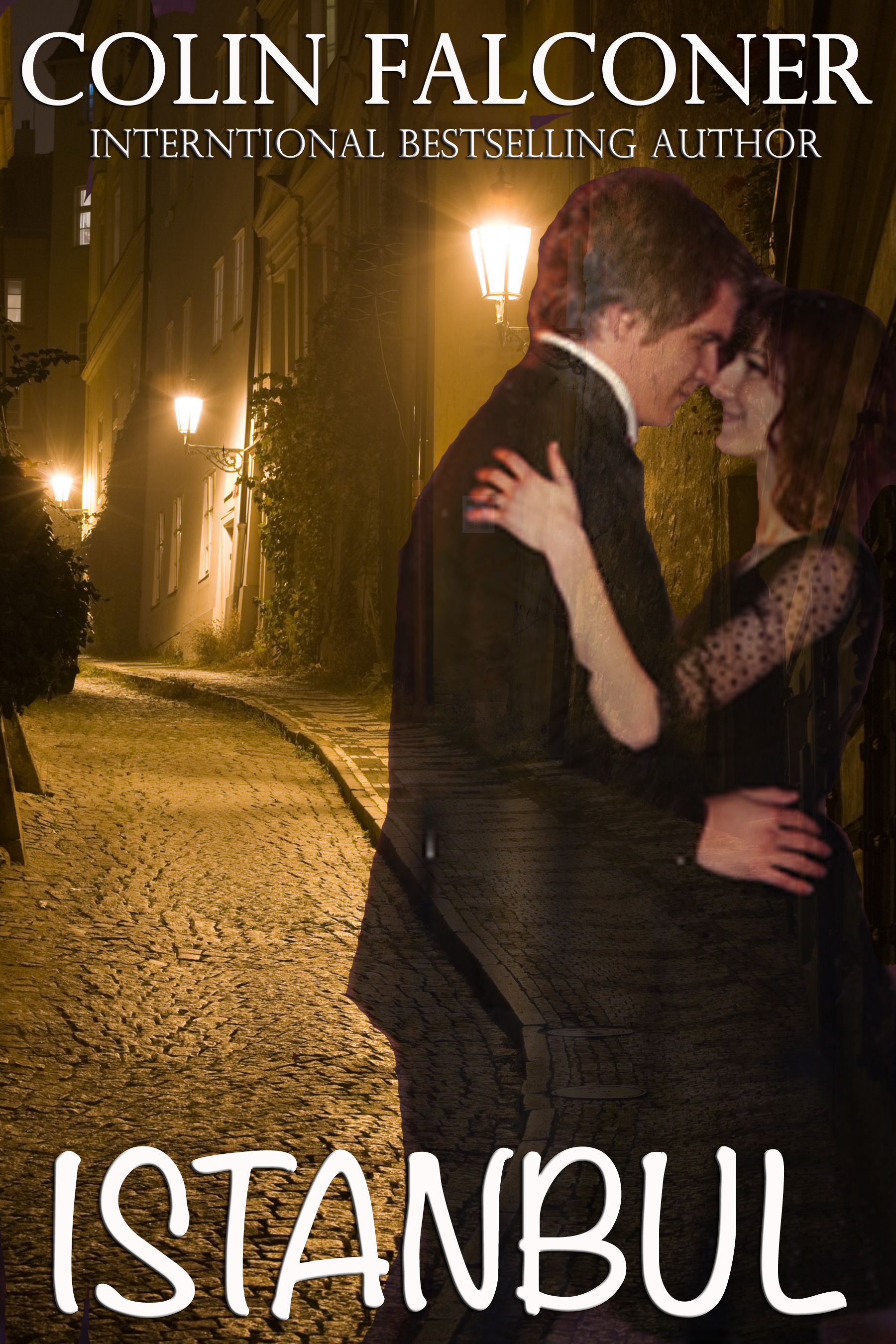





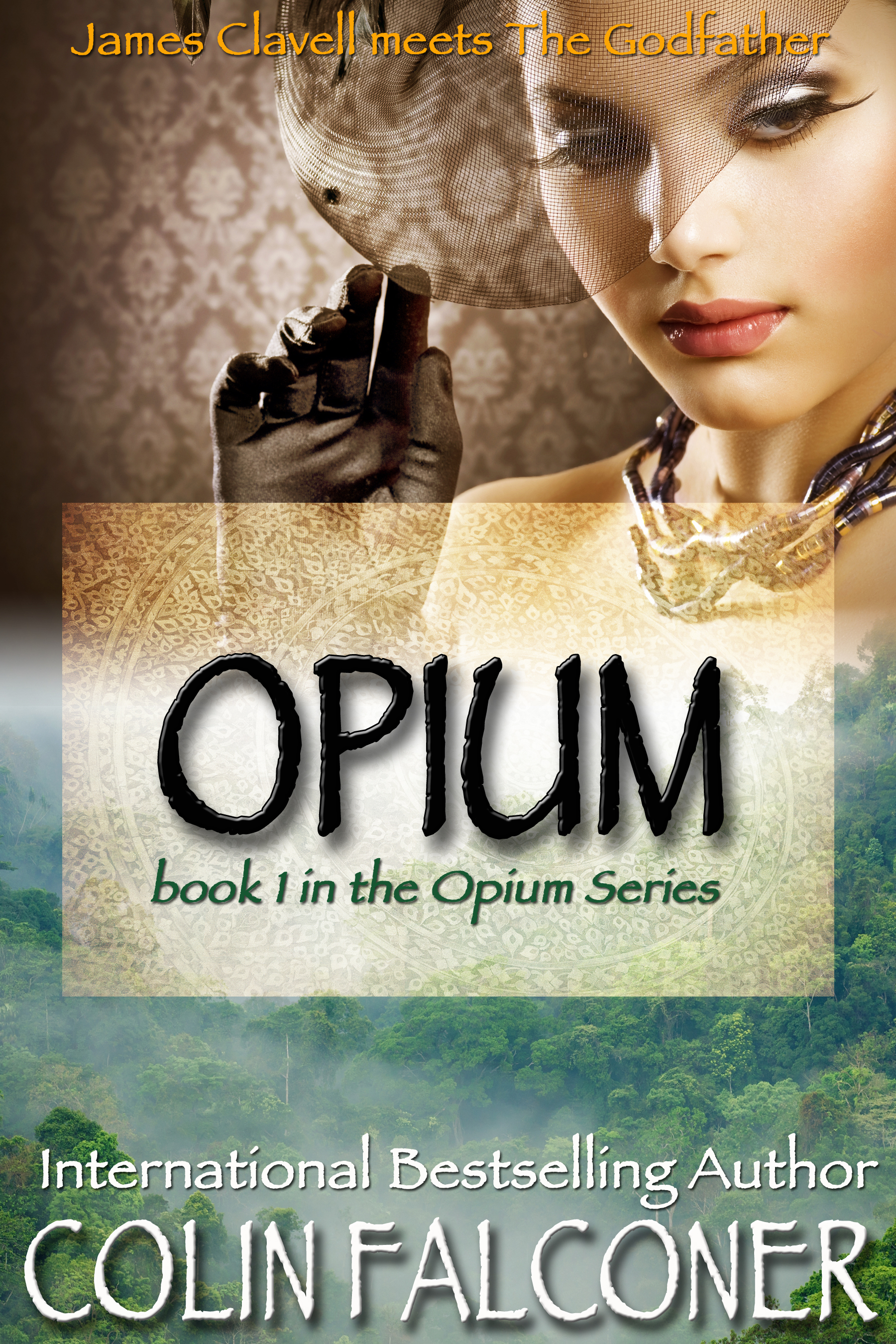

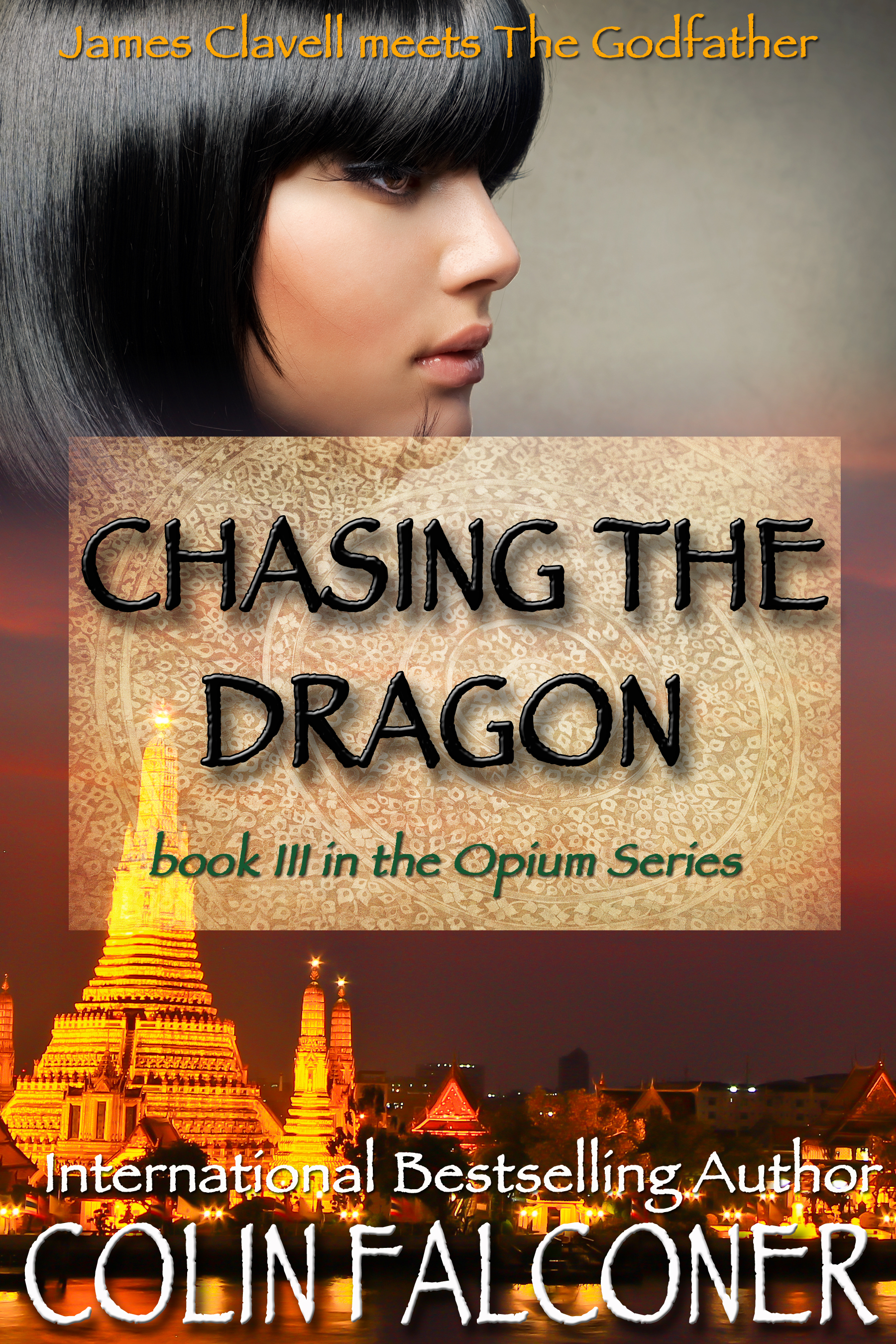
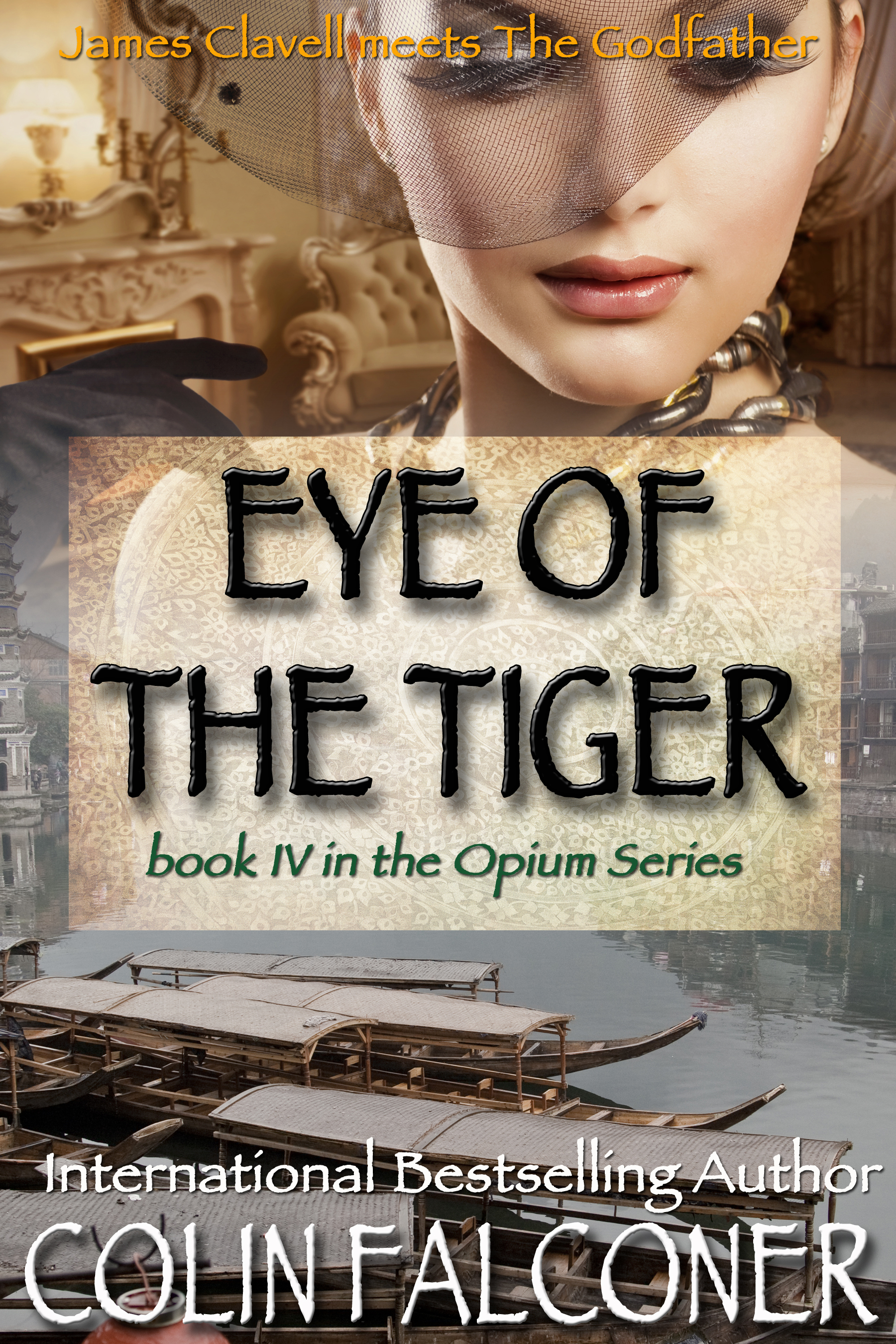






Looks amazing! I just got my Kindle copy from Amazon & can’t wait to dive in. Thanks!
Let me know what you think. I just love this book. Whatever you think please put a quick review on Amazon if you can - it means so much to authors these days. GENUINE reviews are scarce as.
Reblogged this on Official Site of Alex Laybourne - Author.
Thanks Alex!
This sounds like a very interesting read. I have grabbed my copy and cannot wait to dive into it.
Again, let me know what you think and please review if you can. The book did so well in Europe and it’s an amazing story - and all the historical events actually happened, but historians have never been able to explain why. HAREM was my attempt to explain them and after I’d finished I felt it all made sense.
Harem will always be one of my all-time favourites!
Thanks Mirella!
If I had to hazard a guess, I’d say women of history like this didn’t take the actions they did for love, or even in pursuit of absolute power, but out of fear and survival instinct. Sure, there may have been some lust for power in there, but not for it’s own sake, rather for CONTROL. Women historically had no power, few rights and no control over their own lives. It sounds like Roxelana had no control over her own life at all and, to add extra incentive, knew that her children would almost certainly die unless she found some way to change that.
Hatshepsut of Egypt and Agrippina of Rome are other examples of women who sought power, perhaps not for power’s sake, but to exercise some control over the course of their own lives, and perhaps the lives of others - and perhaps sometimes to the benefit of those people. Hatshepsut was arguably a better choice of pharaoh than the other candidates had she not clung to the throne. Agrippina exercised influence over a weak emperor, and it’s difficult to know if his actions would have been better or worse without her
Spot on, Ciara. That’s what I thought, too - it was men who thought Hurrem/Roxelana was wicked, to me it was perfectly understandable. I also felt revenge might play a part in what she did - a harem might be a great concept for a man but if you were a woman … And you’re right that historically women have had little control over their own lives - which makes those women who have tried to wrestle back control of their own destiny such fascinating people. Hurrem actually changed the destiny of the nation that enslaved her - that makes her one of the most extraordinary women in history in my book.
I would like to place my small input to the above thoughts - I do agree with the above comment of Ciara about the women lives back in Middle Age in most patriarchal countries. Coming from Ukraine and being named after this amazing woman by my father I certainly read a lot about her from different sources including Ukrainian (where she what is believed was from). I did read “Sultan’s Harem” few years ago which is a great book that closely resembles Ukrainian version “Roxolana” (1980) by Ukrainian historian and novelist Pavlo Zahrebelnyi. He did however portray her more from the Ukrainian side and cultural background where women were given much more independence than in the neighboring patriarchal societies (probably partially due to the fact that many men were gone to defend the State from the Turks). Roxolana came from the Principality of Galicia–Volhynia or Kingdom of Rus’ which was one of the three states that emerged from the collapse of Kievan Rus’. I think that Roxolana’s rise in the Sultan’s harem was greatly influenced by her independent and spirited upbringing and an early education (father being a priest) that gave her an edge in harem’s “cut throat” survival. Many historians mentioned her intelligent and very curious personality (In her time she met with many diplomats from other countries). In addition to that, being from Ukraine, she shared many characteristic of Ukrainian women - cheerfulness (hence nickname Hurrem), independence, quick wit, and at the same time strong sense of protection toward the family and children. She was also lucky, in a sense, that Suleiman the Magnificent himself was more of an intellectual type and definitely more civilized than his ruthless militant father and because of that he was much more open to Roxolana’s intelligence and independence. There is a great article about her by Galina Yermolenko in “Muslim World” (2005) that describes her other, “Slavic” , side of her character that I believe is very important piece of Roxolana’s multifaceted personality (http://www.uio.no/studier/emner/hf/iakh/HIS1300/v09/pensumlister/swproxy.pdf) .
Thanks so very much Colin! I came here expecting to read of Elizabeth of Bathory, as “history’s wickedest woman!” To my delight, I found your book, “Harem,” about Roxelana, from Russia, which I’ve been wanting to read!. Thanks again!
Hope you love it, Viola. It’s an extraordinary story about a truly extraordinary woman.
Bloody hell. That’s what I get for not reading my emails. Missed the freebie!
Sounds like a kick-ass book, Colin!
I like to think so, Julia. I’m very proud of it.
Awesome! Been wanting to read more on her, history-wise, but the books look interesting (first read about her via Dorothy Dunnett)…
Then I hope you enjoy HAREM. It’s thoroughly researched and I believe the story may be very close to the actual truth, because it aligns with all the facts as we know them ….